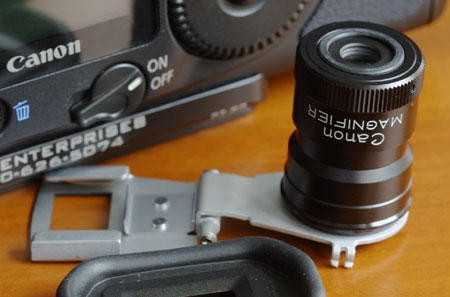Too cheap to meter
I switched my long-distance telephone provider to SBC earlier this week. On general principle, I would rather avoid funding incumbent monopolies, but their $49/month unlimited local and domestic long-distance package is very attractive, and the competing alternatives like MCI’s The Neighborhood are not available in San Francisco yet.
The main factor leading to flat-rate plans is a series of FCC regulations named CALLS that entered in effect in July 2000. Prior to these rules, the local phone companies would skim 6 cents per minute in “access charges” from the long-distance company, which would have no recourse but to pass the cost on to consumers. This is why long distance prices were on a plateau of 10 cents per minute for such a long time.
The previous regulations entrenched the concept of cost per minute in the economic structure of telephony, even though it is almost entirely a fixed cost activity. Joe Nacchio, former CEO of Qwest, famously boasted that “Long Distance is still the most profitable business in America, next to importing illegal cocaine”. CALLS slashed these access charges, removing the main impediment to flat-rate pricing.
Former AT&T researcher Andrew Odlyzko has made a compelling argument for flat-rate pricing, noting that most people prefer it to metered plans, even if they pay more for it, flying in the face of most economists’ conventional wisdom (that says more about how disconnected from reality economists are than anything else).
I have managed a large telecoms billing system project, and an interesting point, seldom made, is that billing for metered services is in itself very expensive. Collecting all the traffic information, storing it, rating it, calculating the bills, invoicing, accounts receivables, dunning and handling customer complaints involves huge IT budgets and systems so complex that over 70% of new billing systems projects fail. For example, France Telecom spent almost half a billion dollars on its would-be next-generation billing system, Fregate, before pulling the plug. Most Baby Bells are still running CRIS, a creaking sixties-seventies mainframe-based billing system they inherited from Ma Bell.
There is clearly a point at which services become too cheap to meter, or more precisely, metering becomes too expensive. We may have reached that point already for voice, even if the dinosaurs don’t realize it yet. The only thing that is keeping per-minute charges alive is customers’ inertia, never a factor to be underestimated, to be sure.





